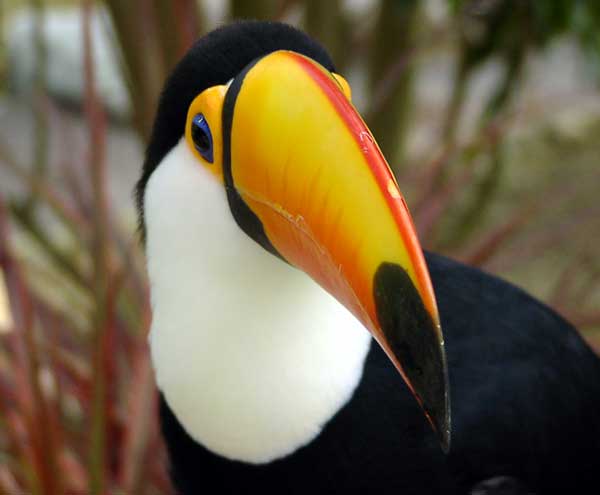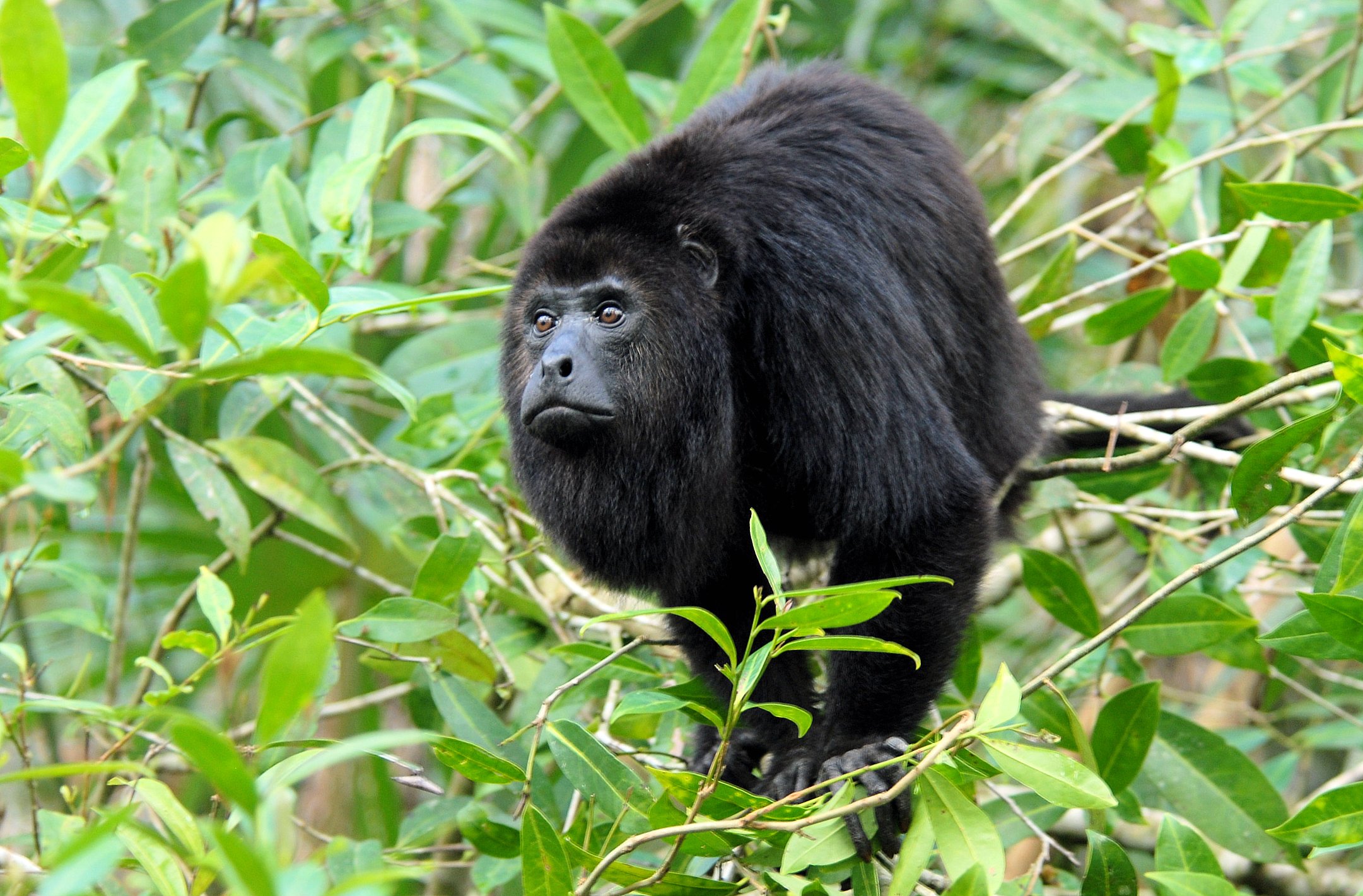|
Ammannia Robusta
''Ammannia robusta'' is a species of flowering plant in the loosestrife family known by the common name grand redstem. It is widespread across much of North America (from British Columbia and Ontario to Guatemala) with additional populations in southeastern Brazil.Graham, S. A. T. 1985. A revision of ''Ammannia'' (Lythraceae) in the Western Hemisphere. Journal of the Arnold Arboretum 66(4): 395–420 includes descriptions and distribution maps for all 5 species Description ''Ammannia robusta'' grows in moist places, such as ditches and pond margins. It is an |
The IUCN Red List Of Threatened Species
The International Union for Conservation of Nature (IUCN) Red List of Threatened Species, also known as the IUCN Red List or Red Data Book, founded in 1964, is the world's most comprehensive inventory of the global conservation status of biological species. It uses a set of precise criteria to evaluate the extinction risk of thousands of species and subspecies. These criteria are relevant to all species and all regions of the world. With its strong scientific base, the IUCN Red List is recognized as the most authoritative guide to the status of biological diversity. A series of Regional Red Lists are produced by countries or organizations, which assess the risk of extinction to species within a political management unit. The aim of the IUCN Red List is to convey the urgency of conservation issues to the public and policy makers, as well as help the international community to reduce species extinction. According to IUCN the formally stated goals of the Red List are to provide ... [...More Info...] [...Related Items...] OR: [Wikipedia] [Google] [Baidu] |
Axils
A leaf ( : leaves) is any of the principal appendages of a vascular plant stem, usually borne laterally aboveground and specialized for photosynthesis. Leaves are collectively called foliage, as in "autumn foliage", while the leaves, stem, flower, and fruit collectively form the shoot system. In most leaves, the primary photosynthetic tissue is the palisade mesophyll and is located on the upper side of the blade or lamina of the leaf but in some species, including the mature foliage of ''Eucalyptus'', palisade mesophyll is present on both sides and the leaves are said to be isobilateral. Most leaves are flattened and have distinct upper ( adaxial) and lower ( abaxial) surfaces that differ in color, hairiness, the number of stomata (pores that intake and output gases), the amount and structure of epicuticular wax and other features. Leaves are mostly green in color due to the presence of a compound called chlorophyll that is essential for photosynthesis as it absorbs light ... [...More Info...] [...Related Items...] OR: [Wikipedia] [Google] [Baidu] |
Flora Of Brazil
The wildlife of Brazil comprises all naturally occurring animals, plants, and fungi in the South American country. Home to 60% of the Amazon Rainforest, which accounts for approximately one-tenth of all species in the world, Brazil is considered to have the greatest biodiversity of any country on the planet. It has the most known species of plants (55,000), freshwater fish (3,000), and mammals (over 689). It also ranks third on the list of countries with the most bird species (1,832) and second with the most reptile species (744). The number of fungal species is unknown but is large.Da Silva, M. and D.W. Minter. 1995. ''Fungi from Brazil recorded by Batista and Co-workers''. Mycological Papers 169. CABI, Wallingford, UK. 585 pp. Approximately two-thirds of all species worldwide are found in tropical areas, often coinciding with developing countries such as Brazil. Brazil is second only to Indonesia as the country with the mo ... [...More Info...] [...Related Items...] OR: [Wikipedia] [Google] [Baidu] |
Flora Of Guatemala
According to Parkswatch and the IUCN, Guatemala is considered the fifth biodiversity hotspot in the world. The country has 14 ecoregions ranging from mangrove forest (4 species), in both ocean littorals, dry forests and scrublands in the eastern highlands, subtropical and tropical rain forests, wetlands, cloud forests in the Verapaz region, mixed forests and pine forests in the highlands. Over one third of Guatemala (36.3% or about 39,380 km²) is forested (2005). About half of the forests (49.7% or roughly 19,570 km²) is classified as primary forest which is considered the most biodiverse forest type. Tree species include 17 conifers (pines, cypress, including the endemic '' Abies guatemalensis''), the most in any tropical region of the world. Guatemala has 7 wetlands of international importance that were included in the Ramsar List. Guatemala has some 1246 known species of amphibians, birds, mammals and reptiles according to figures from the World C ... [...More Info...] [...Related Items...] OR: [Wikipedia] [Google] [Baidu] |
Flora Of North America
The ''Flora of North America North of Mexico'' (usually referred to as ''FNA'') is a multivolume work describing the native plants and naturalized plants of North America North America is a continent in the Northern Hemisphere and almost entirely within the Western Hemisphere. It is bordered to the north by the Arctic Ocean, to the east by the Atlantic Ocean, to the southeast by South America and the Car ..., including the United States, Canada, St. Pierre and Miquelon, and Greenland. It includes bryophytes and vascular plants. All taxa are described and included in dichotomous keys, distributions of all species and infraspecific taxa are mapped, and about 20% of species are illustrated with line drawings prepared specifically for FNA. It is expected to fill 30 volumes when completed and will be the first work to treat all of the known flora north of Mexico; in 2015 it was expected tha the series would conclude in 2017. Twenty-nine of the volumes have been published ... [...More Info...] [...Related Items...] OR: [Wikipedia] [Google] [Baidu] |
Ammannia
''Ammannia'' is a genus of around 100 species of plants often referred to as redstems from wet areas in Americas, America, Africa, Asia, Australia and Europe. Several species are grown as decorative plants in aquariums. The genus was named (but not published) by William Houstoun (botanist), William Houstoun and later published by Carl Linnaeus, Linnaeus, who later indicated that the name honored Paul Amman. However, Philip Miller, who received Houstoun's manuscripts on Houston's death, stated that it honored Johann Amman. Species , Plants of the World Online accepts 107 species: References Ammannia, Lythraceae genera {{Myrtales-stub ... [...More Info...] [...Related Items...] OR: [Wikipedia] [Google] [Baidu] |
Capsule (botany)
In botany a capsule is a type of simple, dry, though rarely fleshy dehiscent fruit produced by many species of angiosperms (flowering plants). Origins and structure The capsule (Latin: ''capsula'', small box) is derived from a compound (multicarpeled) ovary. A capsule is a structure composed of two or more carpels. In (flowering plants), the term locule (or cell) is used to refer to a chamber within the fruit. Depending on the number of locules in the ovary, fruit can be classified as uni-locular (unilocular), bi-locular, tri-locular or multi-locular. The number of locules present in a gynoecium may be equal to or less than the number of carpels. The locules contain the ovules or seeds and are separated by septa. Dehiscence In most cases the capsule is dehiscent, i.e. at maturity, it splits apart (dehisces) to release the seeds within. A few capsules are indehiscent, for example those of '' Adansonia digitata'', '' Alphitonia'', and ''Merciera''. Capsules are often cla ... [...More Info...] [...Related Items...] OR: [Wikipedia] [Google] [Baidu] |
Spherical
A sphere () is a geometrical object that is a three-dimensional analogue to a two-dimensional circle. A sphere is the set of points that are all at the same distance from a given point in three-dimensional space.. That given point is the centre of the sphere, and is the sphere's radius. The earliest known mentions of spheres appear in the work of the ancient Greek mathematicians. The sphere is a fundamental object in many fields of mathematics. Spheres and nearly-spherical shapes also appear in nature and industry. Bubbles such as soap bubbles take a spherical shape in equilibrium. The Earth is often approximated as a sphere in geography, and the celestial sphere is an important concept in astronomy. Manufactured items including pressure vessels and most curved mirrors and lenses are based on spheres. Spheres roll smoothly in any direction, so most balls used in sports and toys are spherical, as are ball bearings. Basic terminology As mentioned earlier is the ... [...More Info...] [...Related Items...] OR: [Wikipedia] [Google] [Baidu] |
Anthers
The stamen (plural ''stamina'' or ''stamens'') is the pollen-producing reproductive organ of a flower. Collectively the stamens form the androecium., p. 10 Morphology and terminology A stamen typically consists of a stalk called the filament and an anther which contains '' microsporangia''. Most commonly anthers are two-lobed and are attached to the filament either at the base or in the middle area of the anther. The sterile tissue between the lobes is called the connective, an extension of the filament containing conducting strands. It can be seen as an extension on the dorsal side of the anther. A pollen grain develops from a microspore in the microsporangium and contains the male gametophyte. The stamens in a flower are collectively called the androecium. The androecium can consist of as few as one-half stamen (i.e. a single locule) as in ''Canna'' species or as many as 3,482 stamens which have been counted in the saguaro (''Carnegiea gigantea''). The androecium in var ... [...More Info...] [...Related Items...] OR: [Wikipedia] [Google] [Baidu] |
Petals
Petals are modified leaves that surround the reproductive parts of flowers. They are often brightly colored or unusually shaped to attract pollinators. All of the petals of a flower are collectively known as the ''corolla''. Petals are usually accompanied by another set of modified leaves called sepals, that collectively form the ''calyx'' and lie just beneath the corolla. The calyx and the corolla together make up the perianth, the non-reproductive portion of a flower. When the petals and sepals of a flower are difficult to distinguish, they are collectively called tepals. Examples of plants in which the term ''tepal'' is appropriate include genera such as '' Aloe'' and '' Tulipa''. Conversely, genera such as ''Rosa'' and ''Phaseolus'' have well-distinguished sepals and petals. When the undifferentiated tepals resemble petals, they are referred to as "petaloid", as in petaloid monocots, orders of monocots with brightly colored tepals. Since they include Liliales, an alternati ... [...More Info...] [...Related Items...] OR: [Wikipedia] [Google] [Baidu] |
Lavender (color)
Lavender is a light shade of purple or violet. It applies particularly to the color of the flower of the same name. The web color called lavender is displayed at right—it matches the color of the very palest part of the lavender flower; however, the more saturated color shown below as '' floral lavender'' more closely matches the average color of the lavender flower as shown in the picture and is the tone of lavender historically and traditionally considered ''lavender'' by the average person as opposed to those who are website designers. The color lavender might be described as a ''medium purple'' or a ''light pinkish-purple''. The term ''lavender'' may be used in general to apply to a wide range of pale, light or grayish-purples but only on the blue side. Lilac is pale purple on the pink side. In paints, the color lavender is made by mixing purple and white paint. The first recorded use of the word ''lavender'' as a color term in English was in 1705. Historical develo ... [...More Info...] [...Related Items...] OR: [Wikipedia] [Google] [Baidu] |
.png)


.png)


